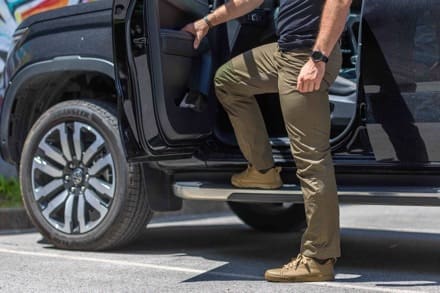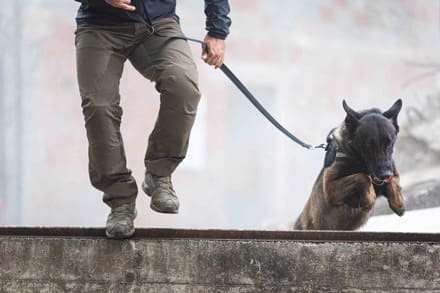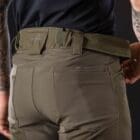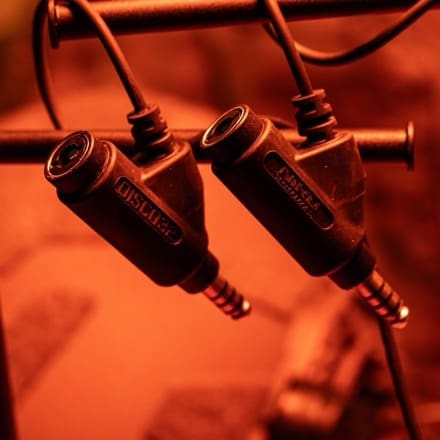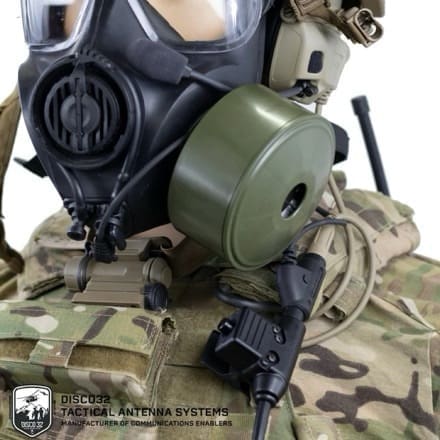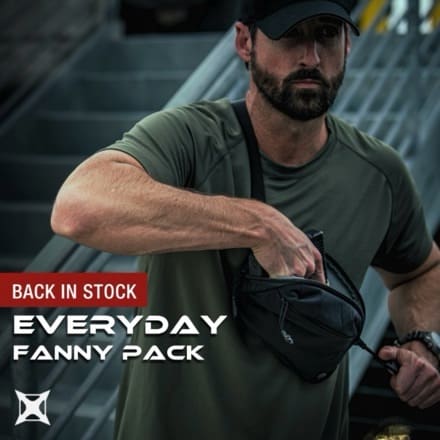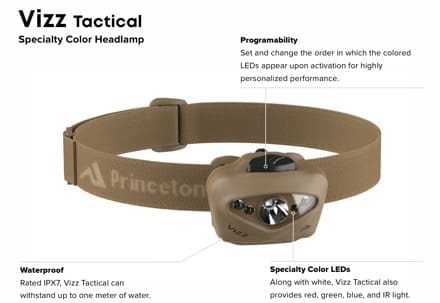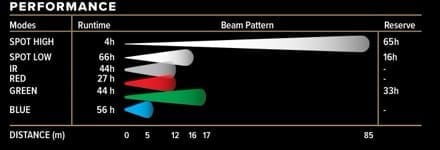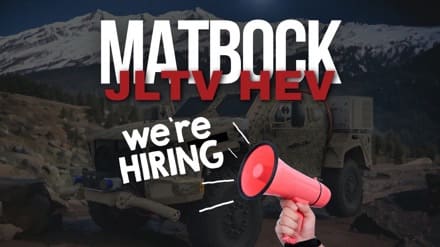Aceso Plasma is a subsidiary under MATBOCK. Aceso is the greek god of healing and when you see this device you will understand why the team at MATBOCK named it Aceso.
We have developed a patented technology to deliver high concentrations of dry, low-temperature Reactive Oxygen Species (aka oxygen plasma) with no harmful bi-products such as ozone or UV light. The potential therapeutic effects of Oxygen Plasma have long been known and have been widely published, but existing vendors have struggled to achieve high concentrations of plasma (efficacy) as well as low temperature and low to no harmful byproducts (safety).
Here is a brief video on how it works:
Recent independent research has validated that Aceso Cold Plasma (ACP) is uniquely effective at killing viruses and bacteria in bench and animal models and is safe to both patients and users. ACP uses a mode of action that precludes development of antibiotic resistance in pathogenic organisms.
While initially applied to hemostasis, the company has pivoted to apply the technology to the much larger wound healing (trauma, general, surgical, burn, and chronic) and non-medical decontamination markets. The domestic Total Available Markets are $700b and $200b per year, respectively.
ACP may be deployed in many form factors, including a hand-held, portable, battery-powered medical device; a closed decontamination chamber; several forms of air purifiers; and others. Some use cases within our target markets – including some aspects of decontaminating military equipment – represent business problems with no current solutions.
If you have any more questions about Aceso, please contact Zach Steinbock or Sean Matson of MATBOCK.
www.acesoplasma.com/pages/contact-us



